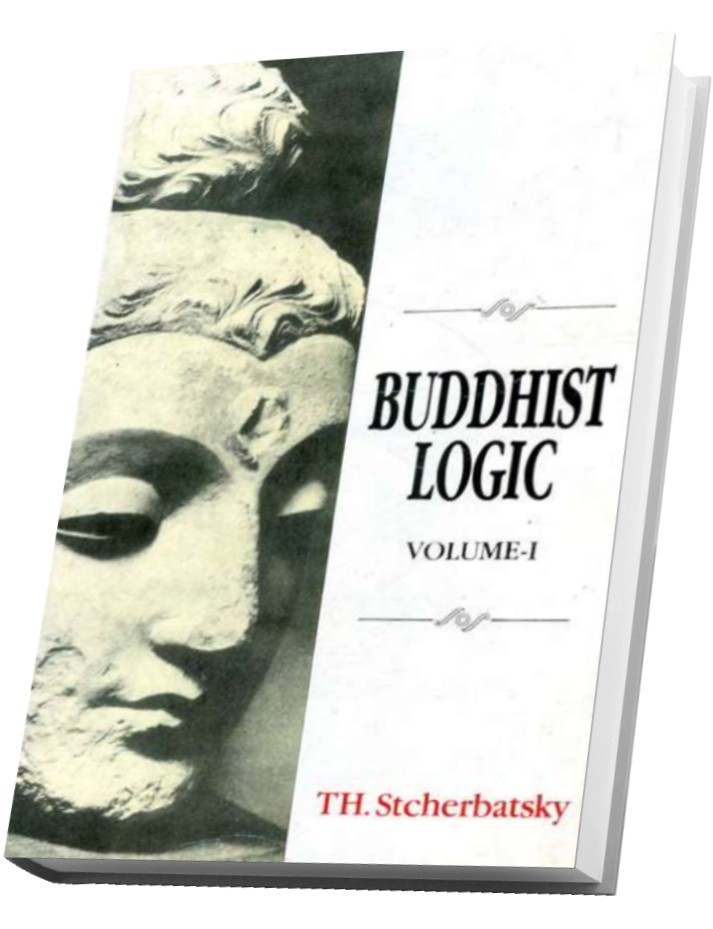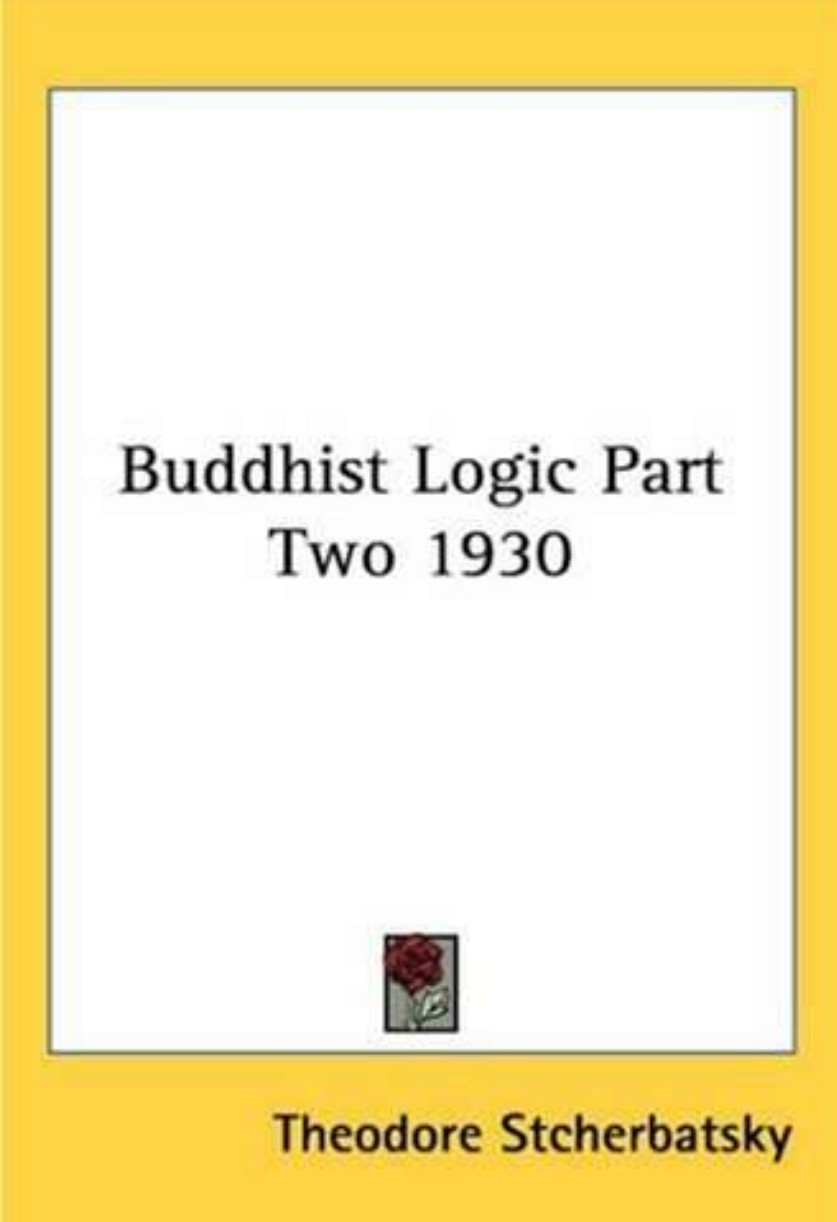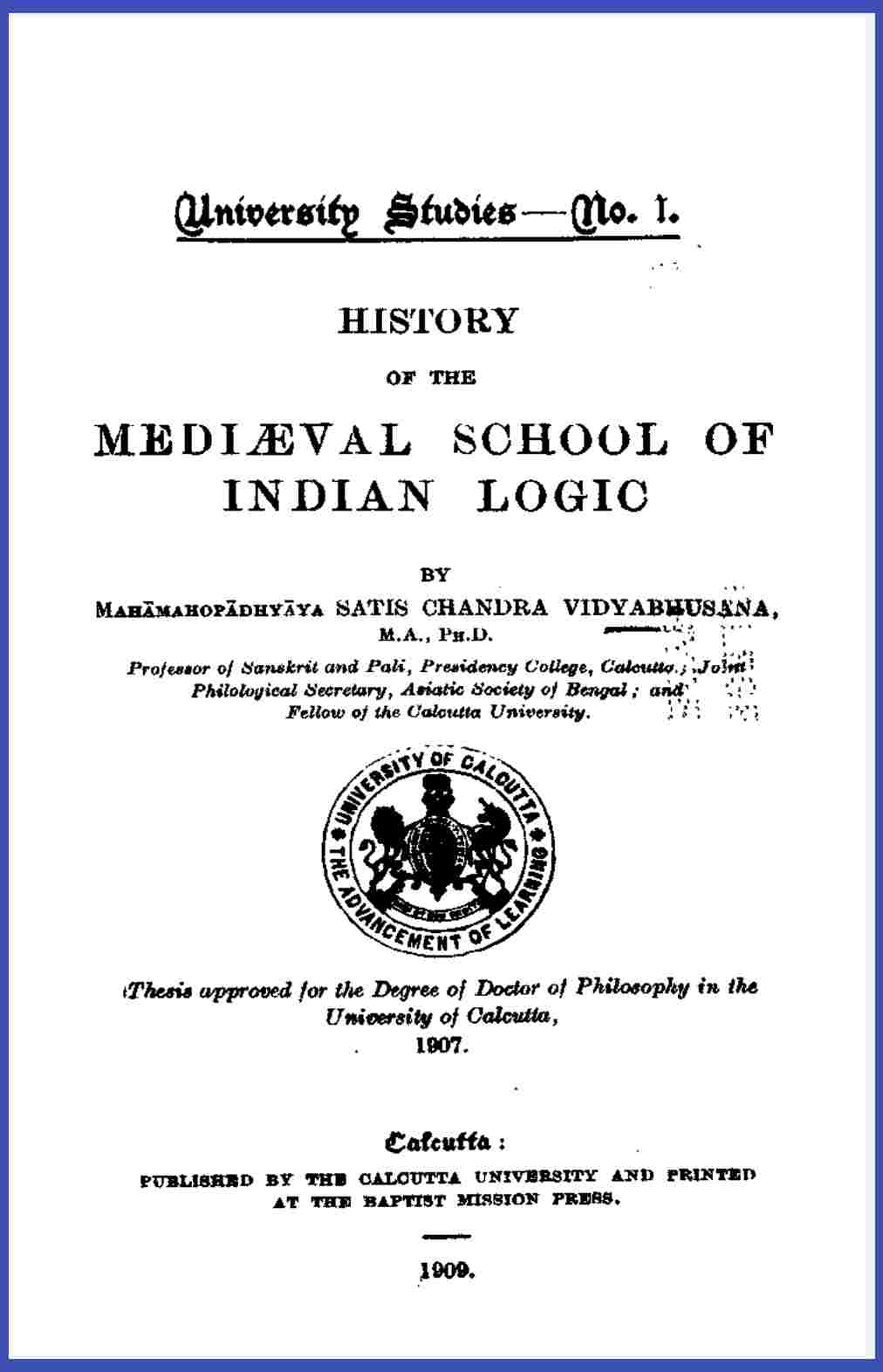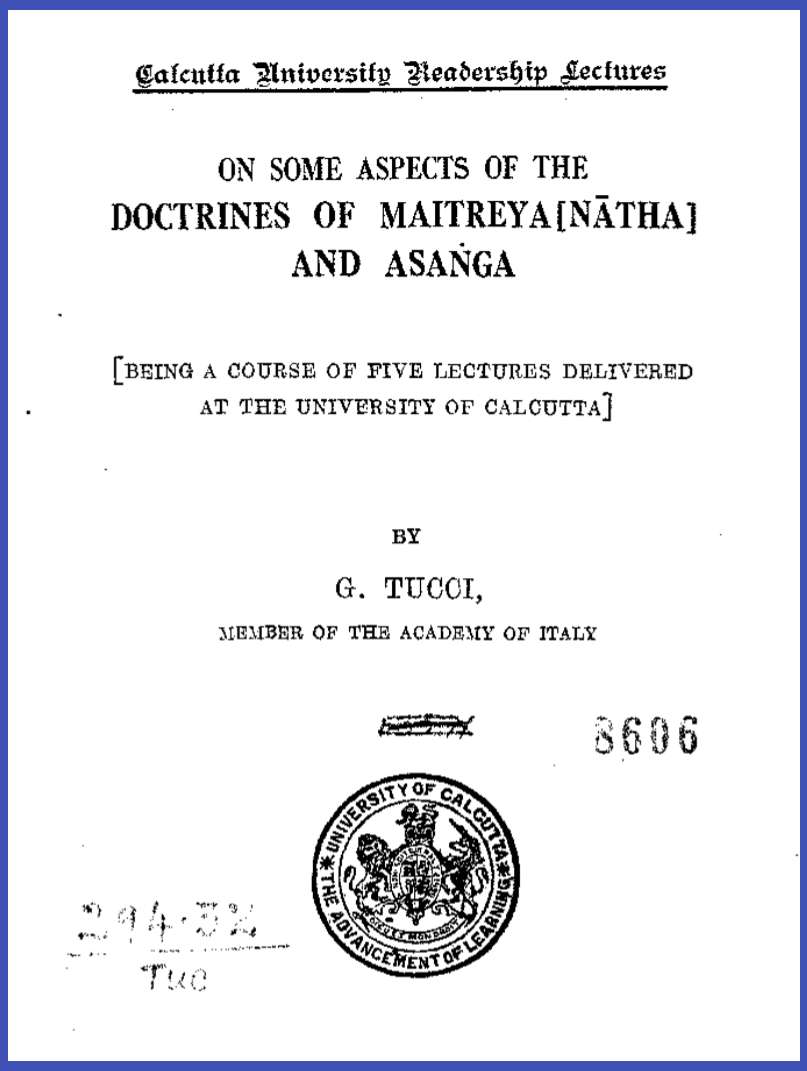Buddhist Logic
During the life of Buddha he engaged in many debates with leaders of other Indian religions. Thus he was familiar with debate skills and logic. At the time of Indian Emperor Ashoka (approximately 240 BCE) there appeared a Theravada scripture titled Kathāvatthu (translated as "Points of Controversy"). The document contains about 200 debate points. This is a copy of an English translation of Kathāvatthu.

Buddhists did not studied logic as a separate discipline. They combined the subjects of pramāṇa-vāda (an epistemological study of the nature of knowledge) and Hetu-vidya (a system of logic). This approach is not unique to Buddhists. For example, the Nyāya school of Hinduism also used the same approach. In fact, Buddhism and Hinduism influenced each other in their study of logic.
Around 500 CE a Buddhist scholar Dignāga made major advances in this area. He belonged to the Yogachara school of Mahayana. He published a book, the Pramāṇa-samuccaya, which is considered one of the most influential texts in this area. The teacher of the teacher of the famous Chinese monk Xuanzang (602-664 CE), who traveled from China to India through the Silk Road and later translated a large number of Buddhist texts in China, was a student of Dignāga. Xuanzang translated several Buddhist logic documents and as a result Buddhist logic was introduced to China. Below is a statue of Dignāga in Elista, Russia (note: Elista has one of the largest Buddhist temples in Europe):

Another Yogachara scholar, Dharmakirti, continued the study. He wrote a number of major works, including:
Saṃbandhaparikṣhāvrtti (Analysis of Relations)
Pramāṇaviniścaya (Ascertainment of Valid Cognition)
Pramāṇavārttika-kārika (Commentary on Dignaga's 'Compendium of Valid Cognition')
Nyāyabinduprakaraṇa (Drop of Logic)
Hetubindunāmaprakaraṇa (Drop of Reason)
Saṃtānāntarasiddhināmaprakaraṇa (Proof of Others' Mindstreams)
Vādanyāyanāmaprakaraṇa (Reasoning for Debate)
Dharmakirti's works was influential in the Buddhist traditions. They became normative in Tibet and are studied to this day as a part of the basic monastic curriculum. Below is a small statue of Dharmakirti created around 15th century CE in Tibet:

Below are three books on Buddhist logic.
(1) Book by Fyodor Ippolitovich Shcherbatskoy (or Stcherbatsky) (1866-1942). He was a Russian Indologist who, in large part, was responsible for laying the foundations in the Western world for the scholarly study of Buddhism and Buddhist philosophy
Buddhist Logic - Volume One (file size: about 13 MB)

Buddhist Logic - Volume Two (file size: about 11 MB)

(2) Book by Satish Chandra Vidyabhusan (1870-1920). He was a Bengali scholar of Sanskrit and Pali Language and principal of Sanskrit College. Vidyabhushan was known for his distinguished knowledge in Indian logic and Tibetan Buddhist text. He, along with Sarat Chandra Das, prepared a Tibetan-English dictionary. Vidyabhushan was a linguist having knowledge in Buddhist literature, Chinese, Japanese, German and French language.
History of the Mediaeval School of Indian Logic

(3) Book by Giuseppe Tucci (1894-1984). He was an Italian Orientalist, Indologist and scholar of East Asian studies, specialized in Tibetan culture and history of Buddhism. Tucci was a supporter of Italian Fascism and Benito Mussolini. He used idealized portrayals of Asian traditions to support Italian ideological campaigns. Tucci was fluent in several European languages, Sanskrit, Bengali, Pali, Prakrit, Chinese and Tibetan. He taught at the University of Rome La Sapienza until his death.
On Some Aspects of the Doctrines of Maitreya (natha) and the Asanga
